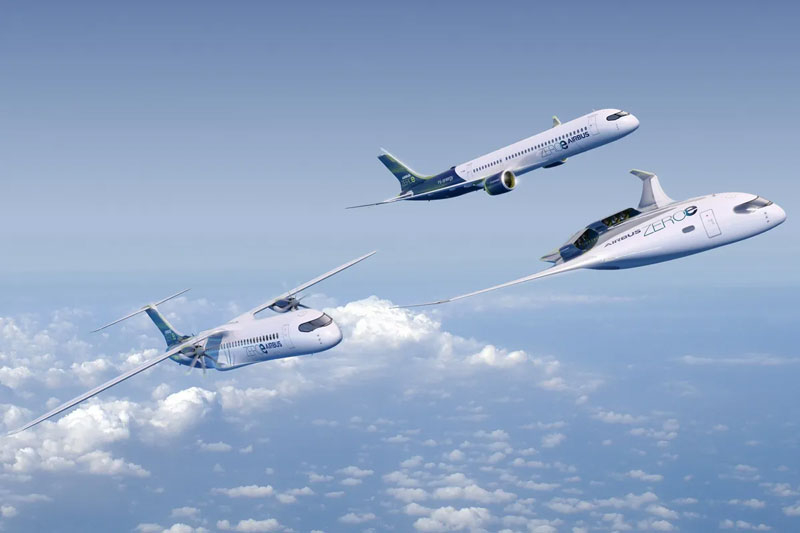
The Massachusetts Institute of Technology, located in the United States, has introduced a megawatt engine for electric airplanes. As noted, the development can overcome one of the key problems associated with the electrification of large aircraft. The electric motor promises a power of 1 MW with a dead weight of about 58 kg. With this solution, electric aviation will take off, literally and figuratively.
According to NASA calculations, the specific power of electric motors for medium-haul aircraft and, in general, for large-capacity aircraft should not be lower than 13 kW/kg. The engine presented by MIT engineers promises a specific power of 17 kW/kg, which is significantly better than NASA’s recommendations. Unfortunately, the new engine is not yet available in a finished assembled form. The developers have tested only some of its components so far.
Structurally, the new motor is like a classic electric motor turned inside out. Its rotor is not located inside the stator but surrounds it. The rotor is based on a titanium drum with permanent magnets on its inner walls. The stator of the new engine is a steel cylinder with a spiked surface. It is placed inside the rotor, and the winding is placed on the spikes in a special way.
The currents in the winding are controlled by sophisticated power electronics made up of 30 custom-made printed circuit boards. Synchronized with the rotation of the drum, the currents in the windings will allow the motor to accelerate to record speeds. This design made it possible to avoid the manufacture of a massive rotor and stator and lightened the weight of the motor many times over.

The heat removal system from the stator was also originally designed. The stator is mounted on a heat sink with many through holes. From the end, they look like honeycombs and it is best to print such a knot on a 3D printer. The rotation of the rotor creates air flow in the engine volume and expels it to the outside. The presented engine will generate about 50 kW of heat at a full capacity of 1 MW. It is claimed that the proposed solution will be able to remove as much heat from the engine as “from 500 100-watt incandescent bulbs in the volume of a small beer keg.”
If such electric motors are made available to aircraft designers, it will change the landscape of aviation in the future. All-electric airplanes may have a completely different design. For example, instead of a pair of large and powerful engines, they will be able to rely on several small engines on the leading edges of the wings or even on the fuselage. Moreover, this time may come much earlier than the emergence of high-capacity batteries. Hybrid systems powered by hydrogen or ammonia cells will help. To realize this story, an electric motor was missing and now it is very close to appearing.

